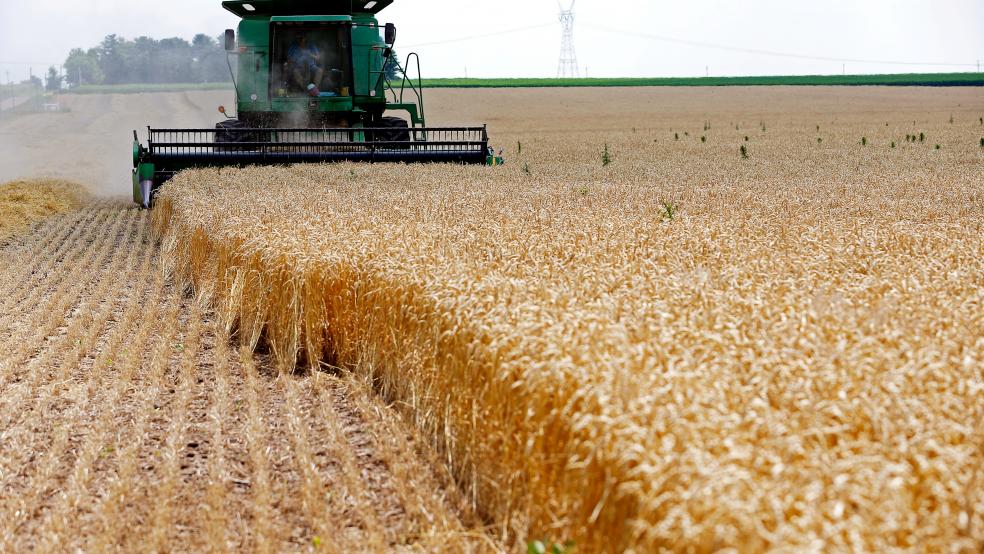The Trump administration unveiled on Thursday a $16 billion aid package for U.S. farmers hurt by President Trump’s ongoing trade war with China and other nations.
Agriculture Secretary Sonny Perdue said the money would come from the tariffs on Chinese imports being collected by the U.S. Treasury, which he falsely claimed were being paid by China, sticking with a now well-established and misleading script.
“China’s going to pay for these, the $16 billion of tariffs coming in,” Purdue told Fox Business. “It’s a transfer coming in, and we’re doing again through the CCC [Commodity Credit Corporation] program which was authorized, as we used last year, but actually the tariff money that we were receiving, the revenue we were receiving is what the president has intended to fund the farmers who have been hurt by these retaliatory tariffs.”
In fact, tariffs are paid by American businesses and consumers, who will be the ultimate source of the bailout funds.
The payments: The $16 billion aid package is larger than the $12 billion package offered last year, and Bloomberg’s Mike Dorning and Jennifer Jacobs reported that the payments for farmers will be more generous this time around. Last year, farmers received $1.65 per bushel for soybeans, 14 cents per bushel for wheat and 1 cent per bushel for corn; the new package will reportedly offer $2 per bushel for soybeans, 63 cents per bushel for wheat and 4 cent per bushel for corn. Growers of other commodities including cotton, chickpeas and cherries will also be eligible to receive subsidy payments.
The program will pay about $14.5 billion directly to farmers starting as soon as this summer, distributed through the Commodity Credit Corporation. An additional $1.4 billion will be used to purchase surplus commodities including fruits, vegetables, meat and milk and distribute them to food banks and schools. About $100 million will be used to develop new markets for American exports.
Farmers still not happy: Sen. Joni Ernst of Iowa said the payments may not be enough to satisfy farmers, despite being more generous this year. “Corn farmers are going to be very upset about this,” Ernst said. “It’s better than the 1 cent per bushel that they got earlier but it’s not enough.”
The U.S. agricultural sector has been under strain for several years due to falling commodity prices, Dorning and Jacobs said, and American farm income dropped by 16% last year, to about half the level it was in 2013.
Worries about market distortions: Economists have warned that the subsidy payments may influence farmers’ decisions about which crops to grow. Higher subsidies for soy could prompt farmers to move away from corn to maximize their payments from the government. The U.S. Department of Agriculture said that as of Sunday farmers had planted only 49% of the corn they said they had planned to plant, the lowest percentage at this point in the calendar since 1980. While a wet spring is likely playing a role in the delay, a shift toward higher soy production may be involved as well.




